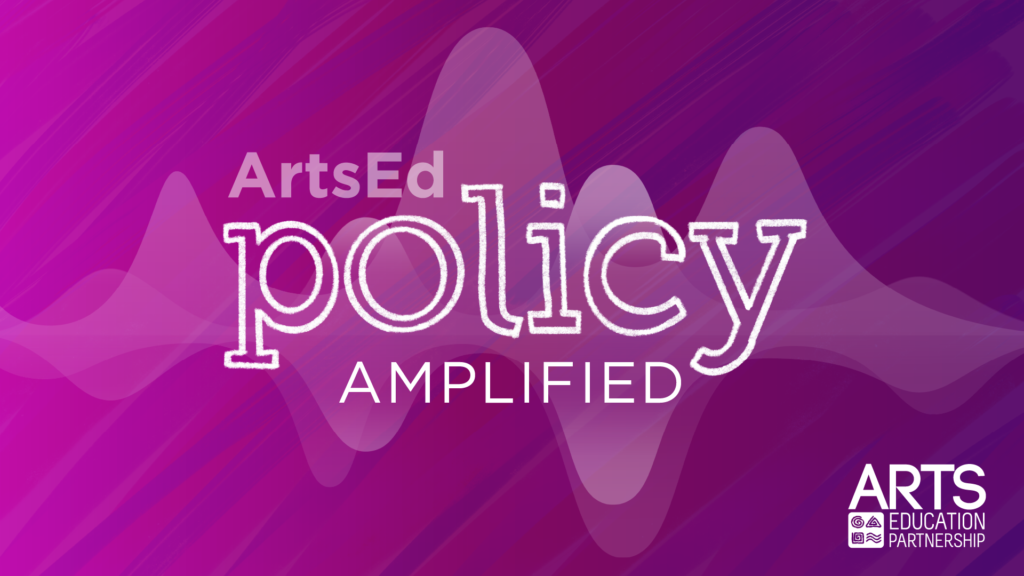Dance Counts: How Policymakers Can Support Access to Quality Arts Education

Schools across the country have made great strides to offer opportunities for dance education. Educators have pivoted from prioritizing dance as a purely physical activity to an art form that allows students to use movement to communicate, express themselves, build connections to community and improve academic outcomes.
The Arts Education Partnership’s recent report “Dance Counts” uses peer-reviewed research to highlight connections between high-quality dance education and improvements in academic and personal growth. This is the third report in a series describing the researched benefits of arts education. Understanding these connections becomes even more important when learning that dance remains one of the least available art forms for students.
Policymakers and state leaders can ensure that students have access to an excellent dance education through the adoption of standards, definition of educator certification requirements and promotion of data collection and reporting. The research findings in “Dance Counts” provide a strong foundation to implement policy. Below are a few policy ideas to get started:
Revise or Adopt Standards
The new National Core Arts Standards in dance are rooted in a creative approach to teaching that describes expectations across cultures, styles and genres, with the goal of inspiring students to pursue a lifetime engagement with the arts.
Since the 2014 revision, at least 34 states have adopted or revised standards for dance education, most recently including Hawaii, Massachusetts, Minnesota, Missouri, Nevada, New Jersey, North Dakota and Wisconsin. The standards revision process can prompt important dialogue between students, educators, communities and policymakers on how to provide access to high-quality arts education.
Formalize Educator Certification
Currently, 45 states have adopted policies related to licensure requirements for arts teachers, and 27 states have policies related to licensure requirements for non-arts teachers. Of the states with requirements for arts teachers, 28 specifically mention requirements for dance, and 10 of the 27 for non-arts teachers specifically mention dance. These dance requirements for non-arts teachers typically relate to early childhood education.
The National Dance Education Organization identified 75 college and university dance education programs in 38 states in 2017. Nine of the 75 programs exist in states where there is no state-approved credential for dance, and 3 of the 75 offer alternative certification to teach dance in a PreK-12 setting.
Educators are front and center in implementing high-quality dance education in schools, and formalizing certification pathways is one tool to support instruction within and beyond dance classrooms.
Promote Data Collection and Reporting
State leaders can promote better information about arts education by including the arts in state longitudinal data systems. While some states have developed data systems to track and improve access and quality, these data are not consistently broken out by arts disciplines, including dance, and often states do not publicly report the data.
For example, while 31 states appear to collect data on arts course enrollment, only 13 states publish this data. Only 15 states publish data on the number of teachers assigned to arts courses out of 47 states that collect the data.
With public data, stakeholders can gauge how successful schools are in providing access to quality dance education. Policymakers can also use enrollment data to track the impact of state policies adopted to boost arts education, such as standards and educator certification.
A research-based resource like “Dance Counts” can help leaders support dance education in state policy. From revision of standards and educator certification requirements to improvements in data collection and reporting, policymakers can ensure that students have opportunities to learn, grow and connect with communities through dance education.
This post comes from the Arts Education Partnership, a national coalition of over 100 education, arts, business, culture, government and philanthropy organizations at Education Commission of the States.



